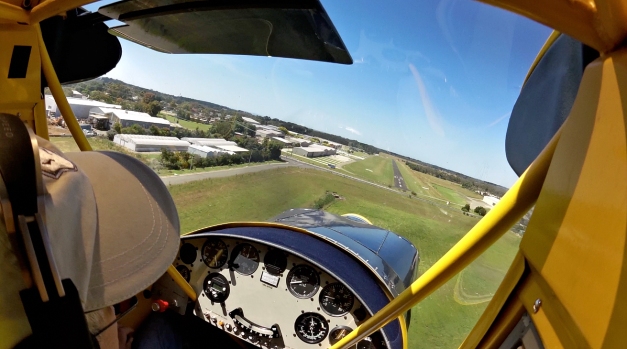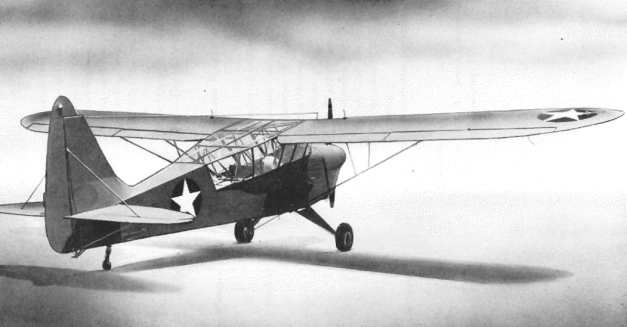 On Sunday 28 December I enjoyed a few circuits at Tyabb Airport and a local flight around the Mornington Peninsula in the Interstate S-1A Cadet. The weather was very good early on with quite smooth conditions and a light south east wind. There’s always a cross-wind on the north-south strip at Tyabb.
On Sunday 28 December I enjoyed a few circuits at Tyabb Airport and a local flight around the Mornington Peninsula in the Interstate S-1A Cadet. The weather was very good early on with quite smooth conditions and a light south east wind. There’s always a cross-wind on the north-south strip at Tyabb.
I made a short YouTube video of the take-offs & landings in the Interstate which you can see by clicking here or on the photo above. I suppose I must have completed 50-75 landings in this aircraft now, so things are feeling easier, although with a tail dragger you always need to keep on your toes – literally and metaphorically!
While I was circuit-bashing, my friends Stephen and Mike flew in Stephen’s newly acquired Bush Hawk down and around Wilson’s Promontory, the most southerly tip of mainland Australia. It’s about an hour and a half round trip from Tyabb in that aircraft. They reported good conditions, although there was a little lee-turbulence at lower levels around the ‘Prom’. I think Stephen gets nosebleeds if he flies higher than 500 feet… Up higher, there was quite a stiff northerly, which slowed them a bit on the return journey.
But back to the Interstate. I have now completed just over 30 hours flying in the aircraft since the first flight early in August 2014. As a result, it’s starting to feel more relaxed to take-off and land. Admittedly I haven’t thrashed it, but fuel consumption is working out at a very economical 20 litres (just over 5 US gallons) an hour and it hasn’t used any oil so far; although there’s always a drip or two on the hangar floor after each flight.
The camera I used was the Garmin VIRB, a competitor to the now almost inevitable GoPro. The Garmin is a completely different shape and can be controlled via an App installed on an iPhone, iPad or other smart device. Unlike the GoPro, the Garmin view finder is built-into the camera and is on the top (or bottom, if the camera’s mounted upside down) not on the back. The Garmin also comes with a very easy to install neutral density filter to help get rid of those peculiar ‘feather’ effects you often see on videos taken through a rotating propeller. It’s the first time I have used it – in the past, I have relied on my trusty old GoPro – so it’s interesting to compare. Maybe, if I can find the time, I’ll do a bit more of a comparison in a different blog post.
Hopefully, there will be more Interstate videos coming soon.


